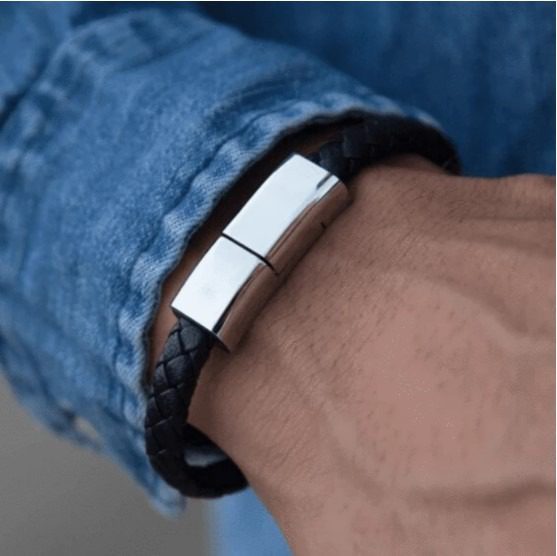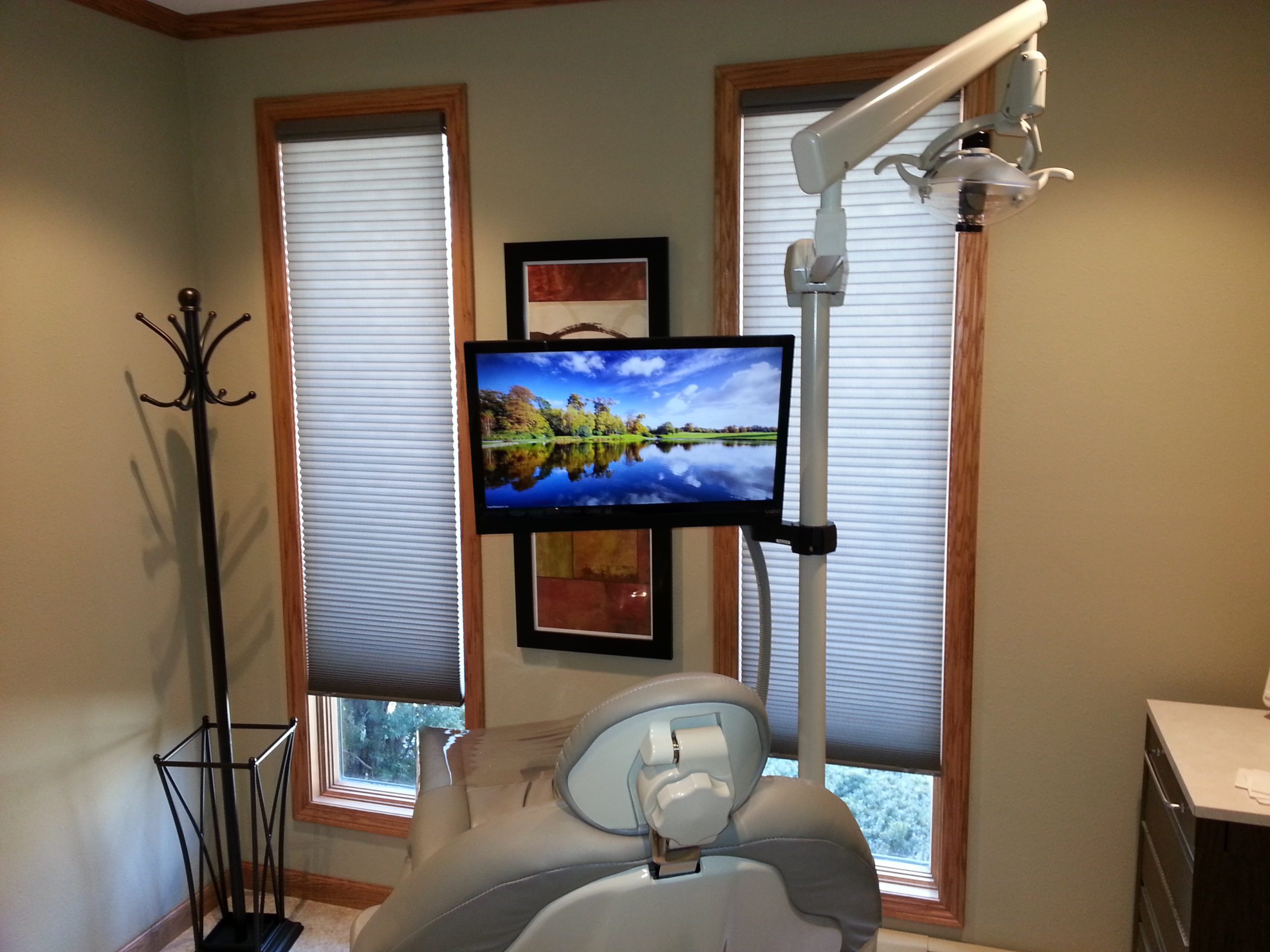There are two primary forms of printing. Whether you need flyers, brochures, catalogs, or anything else printed, it’s important to understand what is offset printing vs digital printing. It can ensure you work with the right printer and get the quality that you want for a specific project.
Offset Printing
Offset printing is commonly referred to as lithography. It involves creating a plate or rubber form so that it can effectively transfer the ink to the medium. The videos of newspapers being run through big rolls are a perfect example of what offset printing looks like.
There is a process involved to get offset printing established for a specific project. The upfront costs can be higher but it ends up being the most affordable option when you’re printing a significant amount of a particular project.
Offset printing is considered a “wet” form of printing. Although only a small layer of ink is used, it can require drying time to avoid smearing.
The color representation is more significant. You can print Pantone colors as well as neon and metallic colors. It allows you to get the most precise color control.
Pros
- Ideal for high-volume printing
- Premium color consistency
- Wide-format printing is possible
- Works on virtually any kind of material
Cons
- Set up is time-consuming
- Cost is high for small print jobs
- Typos can be costly if not caught in time
Offset printing has been around for centuries. The technology in play has changed significantly, offering better results than ever before.
Digital Printing
Digital printing is considered the newer of the two printing technologies. Electrostatic rollers known as drums are used to apply toner and color to the paper. The toner is applied to the sheet and fused using a high-heat unit.
Any time you hook up a laserjet or inkjet printer to your computer at home is a form of digital printing. Of course, technology is rapidly changing and commercial printers have a lot of advanced tools that can offer more creativity and more custom options for when you are having anything printed.
The setup for digital printing is minimal, which is why it can be the most cost-effective solution when you’re only printing a small number.
Digital printing is considered a “dry” solution.
Pros
- Ideal for short-run printing
- Produces the fastest turnaround
- Prints are identical
- It’s possible to change information in a single job
Cons
- Colors are not as consistent
- Not ideal for all types of paper
- Print sizes are limited
Although this form of technology is still relatively new, it can provide some incredible options to you.
How to Choose the Right Type of Printing
There are quite a few things to consider when you decide you’re ready to go to the printer. Printing can vary dramatically between the two methods – and so can the cost.
As such, there are a few questions that you’ll want to ask yourself.
How many pieces are you printing?
When you’re printing anything over 500 pieces, it is often more cost-effective to go with offset printing. However, depending on the size of the project and the printer you go with, costs can vary. The best thing to do is get a cost estimate between the two forms to help you decide.
Are you in a hurry?
When you’re in a time crunch, digital printing is going to be the best solution for you. Particularly if you care more about meeting a deadline than the perfect color fidelity, it can be advantageous to have everything printed digitally. You can meet tight deadlines since there’s no need to create a printing plate before the job is carried out.
What are you printing on?
Different mediums work well with different types of printing. If you want everything printed on paper or cardstock, digital printing is capable of meeting your needs. However, if you are looking to get creative with a plastic banner or metal business cards, offset printing will provide you with the means to print on virtually any surface.
How much do colors matter?
Some print jobs require a perfect match of color, such as if you’re doing premium advertising where branding is critical. For example, if you need to use the Pantone Matching System, offset printing will be the way to go. If color isn’t too significant, you can count on the four-color printing that is offered by digital printing.
Are you looking for a custom project?
Custom projects are easier to do with digital printing because there’s no need to create a plate. Additionally, you can get creative with the shape and size of your prints, such as doing an oval business card or a triangular brochure.
You can have customizations in the printed material, too. For example, you can have each brochure printed with an address or you can incorporate a specific city or demographic for a catalog. It adds a personal touch without having to create a new plate every time a single page of content changes.
When you need a proof, it’s also easier to work with digital printing because it can be produced in just minutes.
Consider What You’re Printing
Flyers, wedding invitations, banners, catalogs, custom lookbooks, business cards…you have to know what you’re printing and what features you expect your print project to have.
Metallic ink would require you to go with offset printing. Meanwhile, a creative shape may be better suited for digital printing.
With so many options offered between the two forms of printing, it can be advantageous to work with a printing professional. This way, you can see samples, discuss the details of your project, and learn which type of printing is capable of delivering on your vision.
Work with a Professional Printer
The best way to get quality prints is by working with a professional printer. There may be times where offset printing will work best while other times, digital printing will work better. A professional printer should be able to offer both services – and provide recommendations to ensure you get premium results.
A professional printer that offers commercial printing services should be able to guide you through the process by explaining what is offset printing vs digital printing. Once you identify what you’re printing, how many you’re printing, and what your budget is, the printer can make adequate recommendations. It’s usually a case-by-case basis, so it’s better to work with a printer that can use the necessary technology.
In the end, both forms of printing can be advantageous for different projects. Don’t hesitate to ask questions so that a printer can help you get the quality you are looking for.








